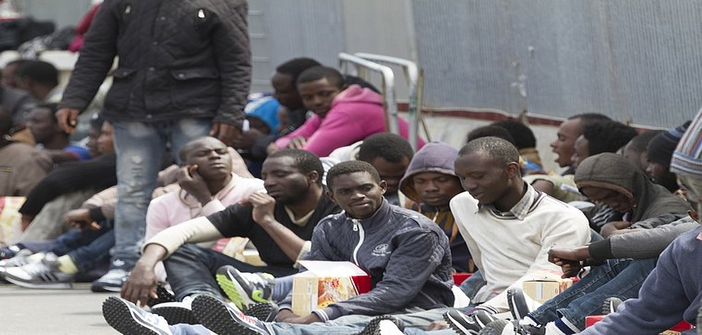The European Commission has provided an initial outline of what “regional disembarkation arrangements” and “controlled centers” might become in response to the arrival of migrants.
The terms “controlled centers” and “disembarkation platforms” are not chosen at random, as the European Commission rejects the notion of “detention” “camps.”
The United Nations High Commissioner for Refugees (UNHCR) and the International Organization for Migration (IOM) have been invited to meet in Geneva regarding the concept of regional disembarkation arrangements.
Rare consensus within the discussions: the need to strengthen controls at the Union’s external borders by providing more human resources to the European Border and Coast Guard Agency (Frontex).
The proposal to create centers within the EU, tasked with distinguishing between those who need international protection and irregular migrants, was more controversial. Additionally, some member states, like Austria, expressed the desire to establish disembarkation zones outside European borders.
Objective: to better coordinate migrant management and distribute the effort more equitably among member states.
“Controlled centers” could thus be established by member states on their territory, either temporarily upon the arrival of a vessel or permanently. Their infrastructure and operating costs would be covered by the EU, with an additional financial compensation of 6,000 euros to member states “accepting the transfer of disembarked individuals.”
Finally, the European executive proposes deploying personnel from European agencies (border guards, control officers) to expedite the processing of asylum requests, relocations, or expulsions.
There is also a proposal to create “regional disembarkation arrangements” outside of the European area. The Commission aims “to enable the swift and safe disembarkation of people rescued at sea.” While the location of future arrangements is not specified (they could be “on both shores of the Mediterranean”), the idea would be to place them “as far as possible from the starting points of irregular migration” to prevent creating points of attraction.
On paper, these proposals seem to follow the failure of the 2015 plan, which aimed for the relocation of refugees according to quotas established for each state. However, the new proposals are likely to face the demands of each state and the need to find countries willing to host the centers in Europe, as well as the disembarkation arrangements on either side of the Mediterranean.


